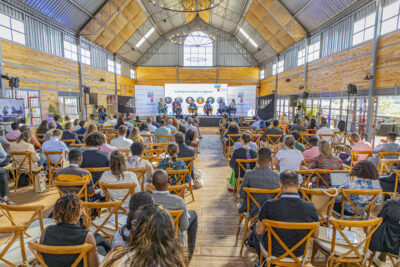News
Small Foundation is delighted to announce a new partnership with the African Rural and Agricultural Credit Association (AFRACA). This one-year partnership will support AFRACA’s network strategy, membership engagement and knowledge management work.
AFRACA is a regional association of financial and non-financial institutions involved in promoting rural and agricultural finance in Africa.
AFRACA was established in 1977 as a lead advocate and co-ordinator of rural and agricultural finance in sub-Saharan Africa.
The AFRACA secretariat is based in Nairobi, Kenya where it was registered under the NGOs Coordination Act in 1981 and received diplomatic status in 2003.
This partnership is part of Small Foundation’s network practice in East Africa. Working in strong collaboration with Converge and Creative Metier, Small Foundation supports the leadership and membership engagement of mission-aligned African networks seeking to increase sustainability and amplify cross-cutting, ecosystem-level impact.
Small Foundation is looking forward to working with Secretary General Thomas Essel and the AFRACA team in the months ahead. For more information about this partnership, please contact Liz Wilson on elizabethwilson@smallfoundation.ie




